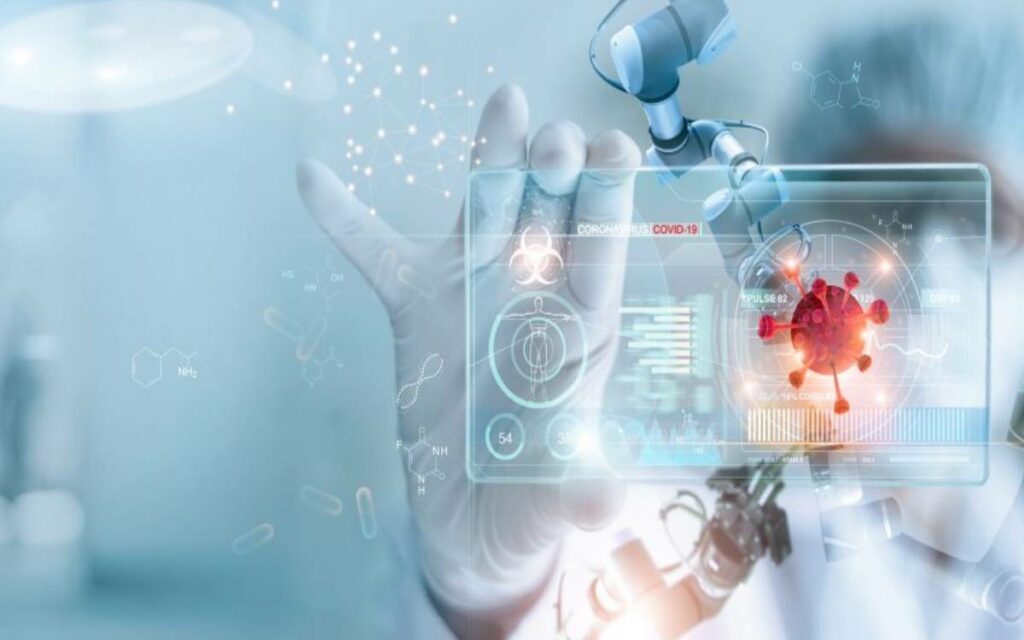
There’s no question that the COVID-19 pandemic has made things difficult for many small businesses over the past year. From initial shocks to our supply chains, to mandatory social distancing, to fluctuating lockdowns, it’s been a challenging year for many. But with a growing array of vaccines available, there are increasing signs of hope, and the first indications of an economic recovery.
Most economists are now forecasting a “K-shaped recovery” – a diverging pair of trendlines showing that some businesses are rebounding quickly, while others are continuing to struggle. Some have suggested that we can divide these businesses by sector – the software and healthcare industries are moving back up, for example, while the tourism and restaurant sectors continue to struggle. But this is all a bit too simplistic – the recovery may well be K-shaped, but the split is between those who have used the past year to innovate and create, and those who have spent the year arguing for a return to the status quo.
I teach a graduate course on innovation at the University of Waterloo each winter, so perhaps I’m a little more attuned to this than most. In early 2020, one of my students was from Wuhan, China – the presumed epicentre of the COVID-19 outbreak. This gave us a unique opportunity, as we sat face-to-face in our classroom in Waterloo each week, to watch as the pandemic spread and morphed from being a local story to a national one to an international one, and from a curiosity to a crisis. By the end of the term, we were scrambling to fit in the last of those face-to-face discussions before things locked down.
Flash forward a year, and that class has changed. I still have about 30 students studying innovation with me, but the way we do it has change dramatically. My students don’t meet me in a classroom – we gather digitally, from cities and time zones around the world. They’re likely to turn in their assignments as videos. I bring in guest speakers and experts from every corner of the globe. We conduct polls in real time. If we have a question during class, we can reach out to someone who knows the answer while we’re chatting, and pull them into the conversation. And while I won’t argue that online learning is always easy or always better than learning in person, we have used the past year to take our “product” – my ECDEV 606 class on Innovation – and transform it in new and radical ways.
That’s a story that many businesses can tell. There are countless examples of retailers who moved their business to an e-commerce platform, or restaurants that rolled out new product lines for home delivery, or trainers and gyms that shifted to video workouts. This is also innovation, and while it doesn’t always present opportunities as great as what businesses had before the pandemic, we can draw a clear line between the performance over the past year of those businesses and entrepreneurs that creatively and aggressively leaned into the pandemic and chose to try new things, and those that held back. And looking forward? Those businesses with the foresight and patience to create new products and new markets and new distribution systems will be the ones that rebound faster, because they will have both their old and their new business models to draw on in the recovery.
That’s the interesting thing about entrepreneurship and innovation – it’s adversity and challenge that drives the greatest outcomes. More than 500 years ago, the Italian philosopher Machiavelli wrote that “Entrepreneurs are simply those who understand that there is little difference between obstacle and opportunity, and are able to turn both to their advantage.” COVID-19 has been one heck of an obstacle – but it has also been the driver for some entrepreneurs to uncover one heck of an opportunity.
Just look at 2020… More businesses shifted to online retailing than in any other year since the Internet was invented. Personal bankruptcy rates are actually down, household savings are up, and entrepreneurial business startups are accelerating. Greenhouse gas emissions are dropping. More patents were issued than at any other time in the past decade.
No one will ever say that the pandemic was easy. But for some, it’s been a time of creative rethinking, of innovative brainstorming and productive tinkering as we test new products, new services and new business models. To know what side of the K-shaped recovery you may be on, don’t ask “When will this all be over?” but rather ask yourself “What did I create?”

Brock Dickinson is a serial entrepreneur and innovator who has worked with hundreds of companies and communities in more than 30 countries. He holds a number of innovation support roles, including his work as and Adjunct Professor and Entrepreneur in Residence at the University of Waterloo, and as an Executive in Residence with Innovate Niagara. He lives in the Niagara Region.








